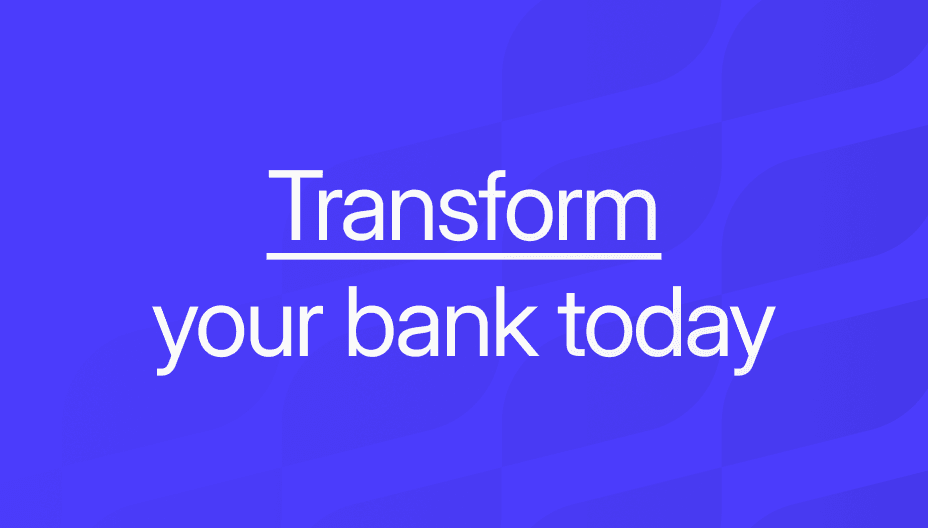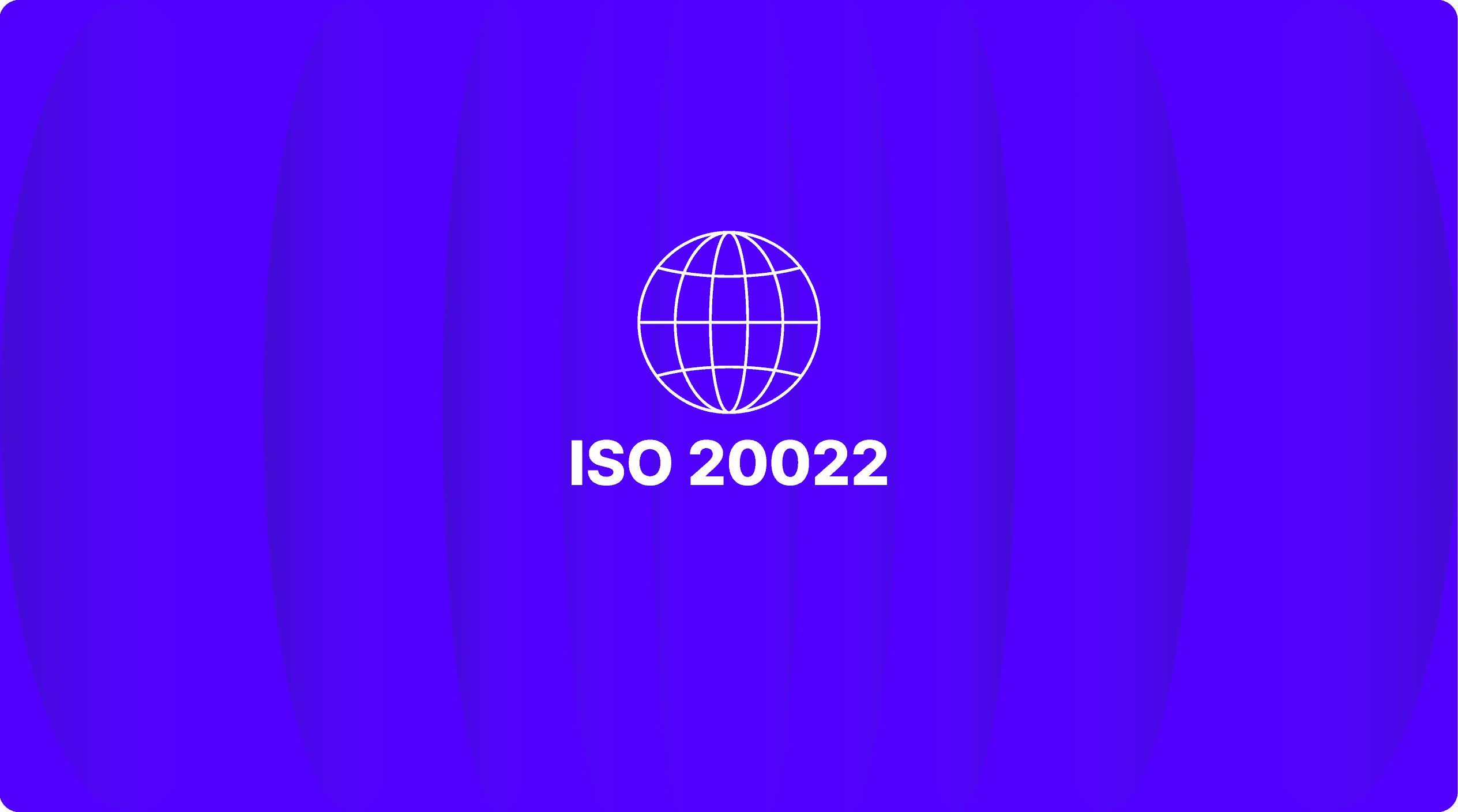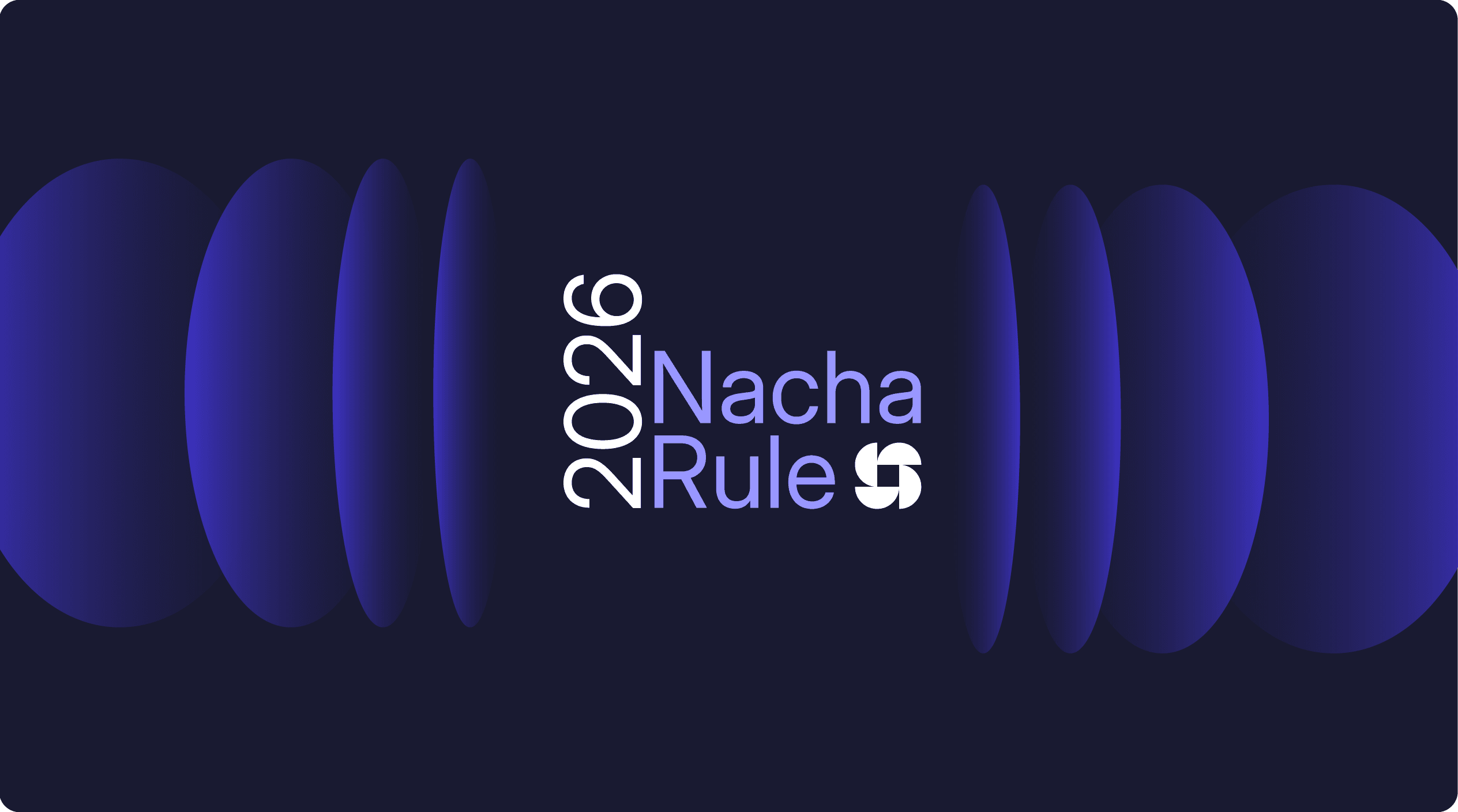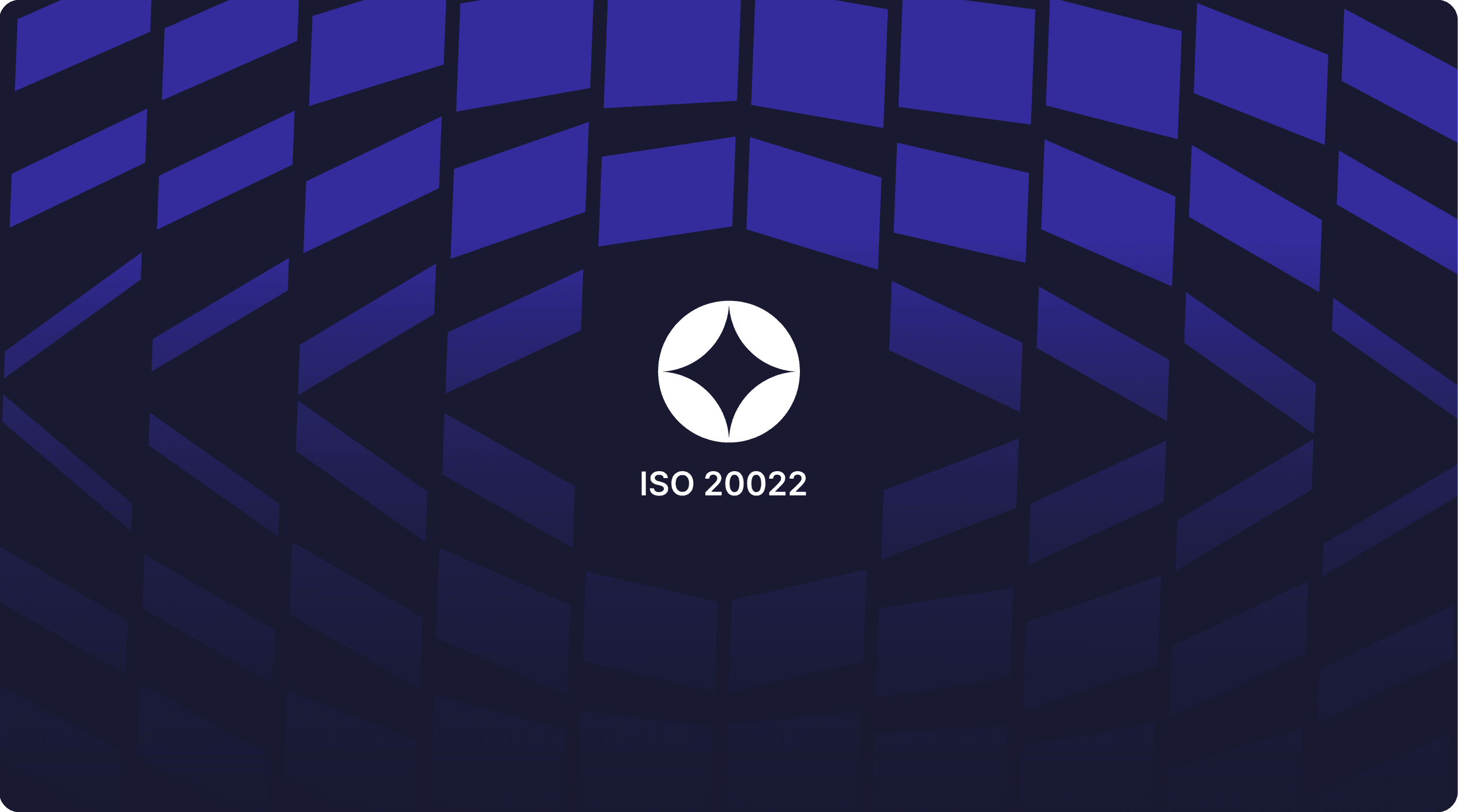Expert talk on instant payments with Peter Tapling
Banks are making swift moves to cater to their corporate customers through value-added services on top of instant payments for B2B payments. Here are some thoughts that Peter Tapling shared with us around this topic.
Cash management is expected to see phenomenal improvements with the advent of instant payments. Corporates no longer need to worry about cut-off time windows to expedite payments as instant payments allow them to send and receive payments 24/7/365. What's more, liquidity management can be streamlined, without having to worry about overdraft fees. Realizing this immense potential, banks are making swift moves to cater to their corporate customers through value-added services on top of instant payments for B2B payments. Here are some thoughts that Peter Tapling shared with us around this topic.
Peter is a member of the Board Advisory Group for the U.S. Faster Payments Council, a member of the Association for Financial Professionals and also an Accredited Payments Risk Professional.
ON INSTANT PAYMENT USE CASES....
In a recent Cornerstone research, B2B and Account to account payments were ahead of expedited payroll as the top two use cases why banks are considering instant payments. How can banks prepare for these use cases for instant payments?
Peter:
We are all still learning about the use cases which will drive adoption. B2B use cases will gain a foothold in time-sensitive payments – for example payment is needed to release a delivery. As more back-end systems and business processes are adapted to instant payments we will see usage explode. Certainly, A2A transfers drive a very positive customer experience. Instant payments for on-demand payroll are very popular but the use case is a bit narrow. Most consumers receiving a "regular paycheck" experience reliable funds availability, so the payroll use case is more likely to be driven by businesses making payroll payments rather than by consumers receiving those payments. For many small businesses, payroll must be pre-funded one to five days in advance. There is a significant benefit to companies in that situation to funding payroll via an instant payment on the day it needs to be funded.
ON API-READINESS FOR PAYMENTS
Banks are becoming the hidden challengers behind instant payments to car sellers, insurance companies settling claims and supplier payments. For this, being API-ready is extremely important for banks. What do you see as the opportunity for banks that are API-ready with instant payments?
Use cases for instant payments where a human being needs to hit a button to make a payment will be popular but will struggle to drive volume. The use cases you mention have either been enabled by batch processes such as ACH – put the payment request in a bucket and carry the bucket to the next step in the process. The value of instant payments becomes most valuable when the payment can be seen at the moment goods or services are delivered. Once consumers and businesses begin to experience instant payments at the time of service/delivery, they will begin to expect it. The only way to deliver this experience is to enable it programmatically, and APIs are the path to that automation. And API-enablement is not only for the initiation side of the payment. The party receiving the payment will want to be alerted that a payment has arrived so they can recognize it in their systems. When payments can be processed end to end programmatically on a 24x7x365 basis we will see volumes start to rise dramatically.
The growing trend of increased digitalization of B2B and government payments, along with the growth of instant payments is expected to create new opportunities for banks. Undoubtedly, more and more businesses are acting like banks, but this trend promises opportunities to banks who are API-ready to take advantage of this new trend.

Get the monthly newsletter
Get the Finzly edge through our insights









